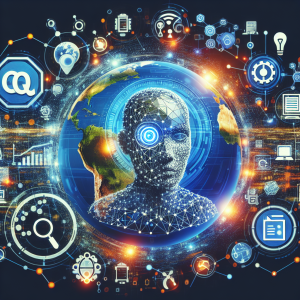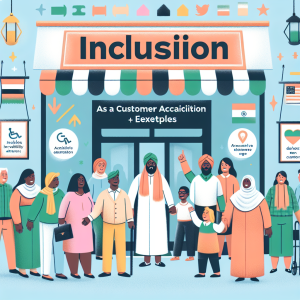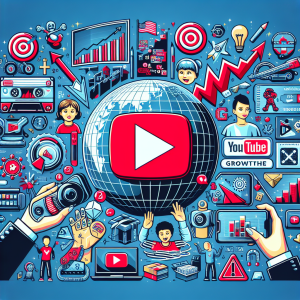YouTube Cracks Down on AI-Generated Impersonation Content
In a significant step towards combating the rising tide of AI-generated impersonation content, YouTube has unveiled a new policy. This policy empowers users to request the removal of videos that utilize their likeness or voice without consent.
Addressing AI-Generated Impersonation
The policy specifically targets content created using artificial intelligence that falsely portrays individuals as engaging in:
- Harmful or deceptive activities: This includes scenarios where AI-generated content makes someone appear to endorse harmful products or spread misinformation.
- Commercially exploitative endeavors: This encompasses instances where AI is used to create unauthorized endorsements or promotional material featuring someone’s likeness.
This move comes as AI technology advances, making it increasingly easy to generate realistic yet entirely fabricated videos of individuals. These “deepfakes” have the potential to cause significant harm, damaging reputations, inciting violence, and eroding trust in online content.
User Empowerment and Reporting Process
YouTube’s new policy emphasizes user control and provides a clear reporting mechanism:
- Request Removal: Users who believe they are victims of AI-generated impersonation can submit removal requests through YouTube’s dedicated channels.
- Evidence-Based Evaluation: YouTube will carefully review each request and supporting evidence before taking action. This ensures that legitimate concerns are addressed while upholding free speech principles.
This proactive approach from YouTube marks a crucial step in the fight against malicious AI-generated content. By empowering users and establishing clear guidelines, YouTube aims to foster a safer and more trustworthy online environment.
Industry-Wide Implications and Future Outlook
YouTube’s decision is likely to have a ripple effect across the tech landscape, prompting other platforms to implement similar safeguards. As AI technology continues to evolve, collaborative efforts between tech companies, policymakers, and users will be essential in navigating the challenges and harnessing the positive potential of AI.








